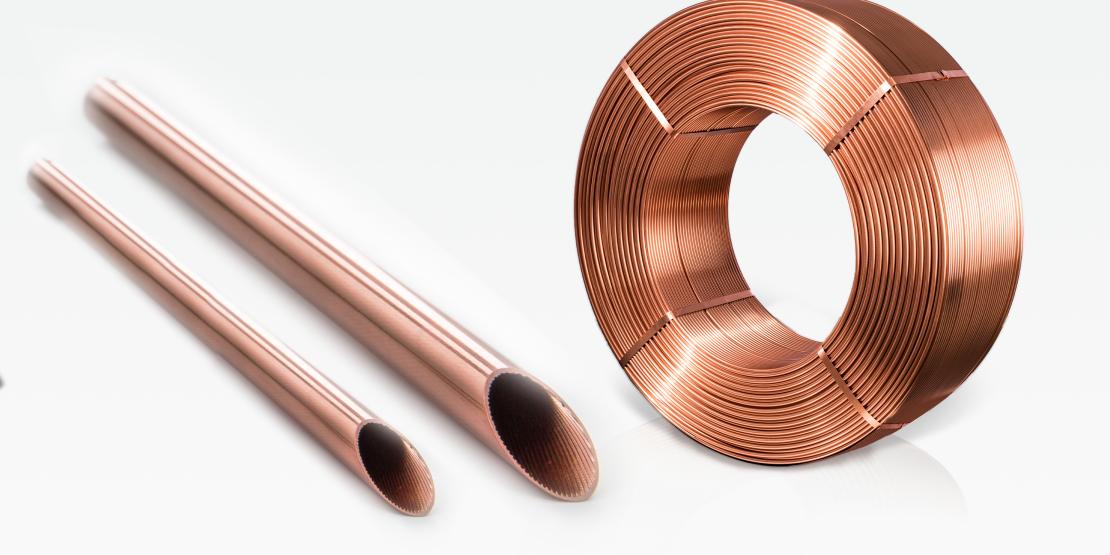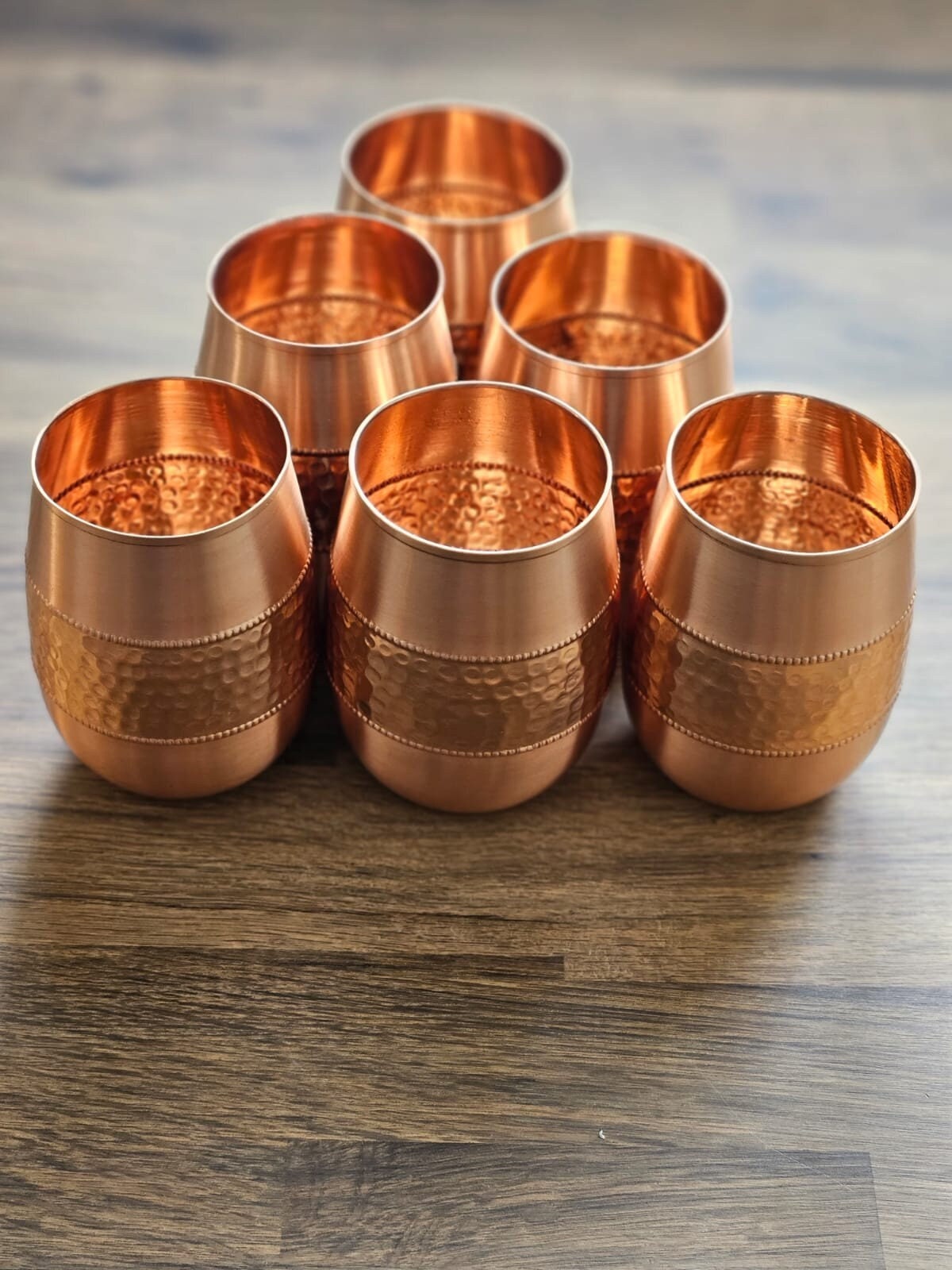Just How Copper Products Contribute to Lasting Practices in Numerous Markets
In sustainable power systems, for instance, copper improves the performance of solar and wind innovations, while its application in building reduces waste with durability. As industries seek to adopt more lasting techniques, the function of copper might show critical in achieving ecological objectives.
Copper in Renewable Resource
Copper plays a critical function in the advancement of renewable resource modern technologies, working as an important conductor in different applications. Its exceptional electrical conductivity and resistance to deterioration make it an excellent material for electrical circuitry, which is necessary in solar panels, wind generators, and energy storage space systems. In solar photovoltaic systems, copper is used in the affiliations and circuitry, enabling efficient power conversion from sunshine to electrical energy.
In wind energy, copper is indispensable to the generators and transformers that transform kinetic energy into electrical power, ensuring optimum performance and dependability. Additionally, the need for electric automobiles (EVs) is enhancing, with copper being a vital part in batteries, electric motors, and billing framework. The change to EVs substantially improves the need for copper, as these automobiles normally use 4 times much more copper than standard internal combustion engine automobiles.
As the world looks for to alleviate climate modification and shift to lasting energy sources, copper's function comes to be increasingly essential. The material not just improves the efficiency and resilience of sustainable energy systems but also sustains the wider objective of decreasing greenhouse gas discharges and advertising a lasting future.
Eco-Friendly Construction Products
In recent years, there has actually been a remarkable shift in the direction of the adoption of eco-friendly building and construction materials in reaction to expanding environmental concerns. This change is inspired by the demand for lasting alternatives that lessen environmental impacts while keeping structural integrity and visual allure.
Copper, known for its toughness and recyclability, has arised as a principal in this industry. It can be made use of in roofing, plumbing, and electric systems, adding to energy performance and minimizing waste. Copper's durability suggests less replacements with time, more improving its sustainability profile.
Additionally, materials such as bamboo, reclaimed wood, and recycled steel are getting popularity. These alternatives not just use reduced ecological impact yet additionally promote source conservation. As developing codes progressively emphasize sustainability, home builders and architects are incorporating these products into their projects, promoting advancement in design.
The enhancing adoption of environment-friendly building and construction products mirrors a wider dedication to sustainability in the built environment. By prioritizing these products, the building and construction sector can significantly minimize its carbon impact, line up with regulatory standards, and sustain a much healthier ecosystem for future generations. This fad marks a critical action in the direction of a more sustainable future in construction.
Copper's Duty in Medical care
Current studies have highlighted the substantial role of copper in health care setups, particularly because of its antimicrobial properties. Copper surfaces have actually been revealed to minimize the presence of microorganisms, Check This Out consisting of microorganisms and viruses, by up to 99.9% within a short duration. This amazing efficacy makes copper a very useful material for high-touch surface areas in medical facilities, such as doorknobs, bed rails, and IV poles, therefore adding to enhanced infection control measures.
Along with its straight antimicrobial results, copper also plays a duty in the wider context of hospital sustainability (Copper Products). By integrating copper right into clinical tools and furnishings, medical care facilities can minimize the incidence of healthcare-associated infections (HAIs), which not only improves client end results however additionally decreases the prices related to extended medical facility keeps and added treatments
In addition, copper's longevity and recyclability align with lasting techniques, enabling for accountable resource monitoring. As healthcare systems significantly focus on both patient safety and ecological stewardship, the integration of copper items is coming to be more prevalent. This dual advantage emphasizes copper's essential payment to a healthier, more secure, and much more lasting healthcare setting.
Sustainability in Transport

Furthermore, copper's toughness look at this web-site and corrosion resistance contribute to the longevity of transport framework (Copper Products). In rail systems, for example, copper elements enhance the dependability and effectiveness of signaling and power systems, important for minimizing hold-ups and energy intake. Furthermore, copper's duty in sustainable energy systems, such as solar and wind, supports sustainable transportation solutions by supplying tidy power for electric transportation alternatives
Investments in copper technology not only foster sustainability but also boost financial development and work development in eco-friendly sectors. As sectors aim to meet rigid ecological policies, the application of copper products in transportation becomes an essential strategy in accomplishing sustainability goals and promoting a cleaner, extra effective future.
Copper and Round Economy
As the globe significantly embraces sustainability, the function of copper in the circular economy ends up being ever before a lot more substantial. Copper's innate homes-- such as its recyclability, longevity, and conductivity-- setting it as a vital material in a resource-efficient economy. The round economic climate aims to decrease waste and take full advantage of resource use through recycling and reusing products, and copper master this respect.
The steel can be reused indefinitely without loss of top quality, making it an ideal prospect for lasting methods throughout different sectors, consisting of building and construction, electronics, and sustainable energy. By reprocessing and recouping copper from end-of-life products, markets can considerably lower the need for virgin a knockout post materials, consequently reducing environmental impacts related to mining and handling.
Furthermore, the integration of copper right into round economic climate frameworks not only preserves resources however additionally cultivates development. Services that prioritize copper reusing contribute to a much more sustainable supply chain, enhancing their competition while lining up with governing needs and consumer choices for ecologically responsible products.
Final Thought
In conclusion, copper products dramatically add to lasting methods throughout several industries. Their essential function in boosting renewable power innovations, advertising environment-friendly building products, supporting infection control in medical care, facilitating sustainable transport, and embodying the principles of a circular economic climate emphasizes the versatility and relevance of copper. By integrating copper right into various applications, markets can achieve greater effectiveness, lower environmental influence, and line up with worldwide sustainability goals, ultimately promoting a more sustainable future.

Copper's outstanding conductivity makes it a favored product in electric car (EV) systems, improving energy effectiveness and performance. In addition, copper's role in renewable power systems, such as solar and wind, sustains sustainable transport solutions by providing clean energy for electric transportation alternatives.
Their crucial role in enhancing eco-friendly power technologies, promoting green building products, sustaining infection control in healthcare, facilitating lasting transport, and personifying the concepts of a circular economy emphasizes the flexibility and value of copper.